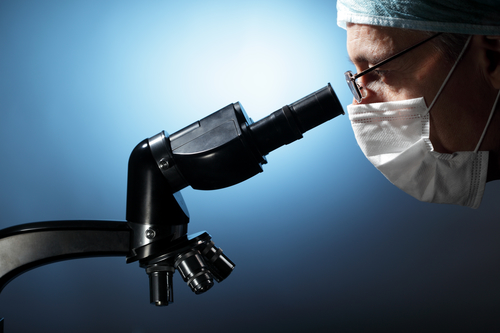TU Delft researchers devise ‘protein trap’ in scientific breakthrough


Researchers at TU Delft and Munich university have devised a ‘trap’ to study and monitor proteins at work, in what is being hailed as a ‘scientific breakthrough’ in nanotechnology.
Until now techniques to study proteins could determine their chemical composition but fell short of monitoring how they act. The new method allows scientists to hold on to a protein molecule for long enough to study it from all sides.
Researchers Cees Dekker and his colleague Hendrik Dietz used DNA to retain the protein head. ‘The structure of DNA makes it a great building material and it is applied in nanotechnology for alls sorts of purposes,’ head researcher Dekker told Trouw.
‘We used it as a cork to close of the nano-sized hole in the trap, where its magnetic property was able hold the protein molecule in place for a very long time. We now have an instrument which can track the workings of proteins.
‘Enzymes, for example, are an important group of proteins. They do their job in the body but also in industry and in the detergent you use. Enzymes set off chemical reactions, by changing shape.
‘That process, this underlying dynamic, is crucial for the functioning of the enzyme. But we were never able to study every step of the process. Now we can and for many sciences and biotechnology it’s a wonderful new tool.’
The findings have been published in scientific journal Nature nanotechnology.
Thank you for donating to DutchNews.nl.
We could not provide the Dutch News service, and keep it free of charge, without the generous support of our readers. Your donations allow us to report on issues you tell us matter, and provide you with a summary of the most important Dutch news each day.
Make a donation